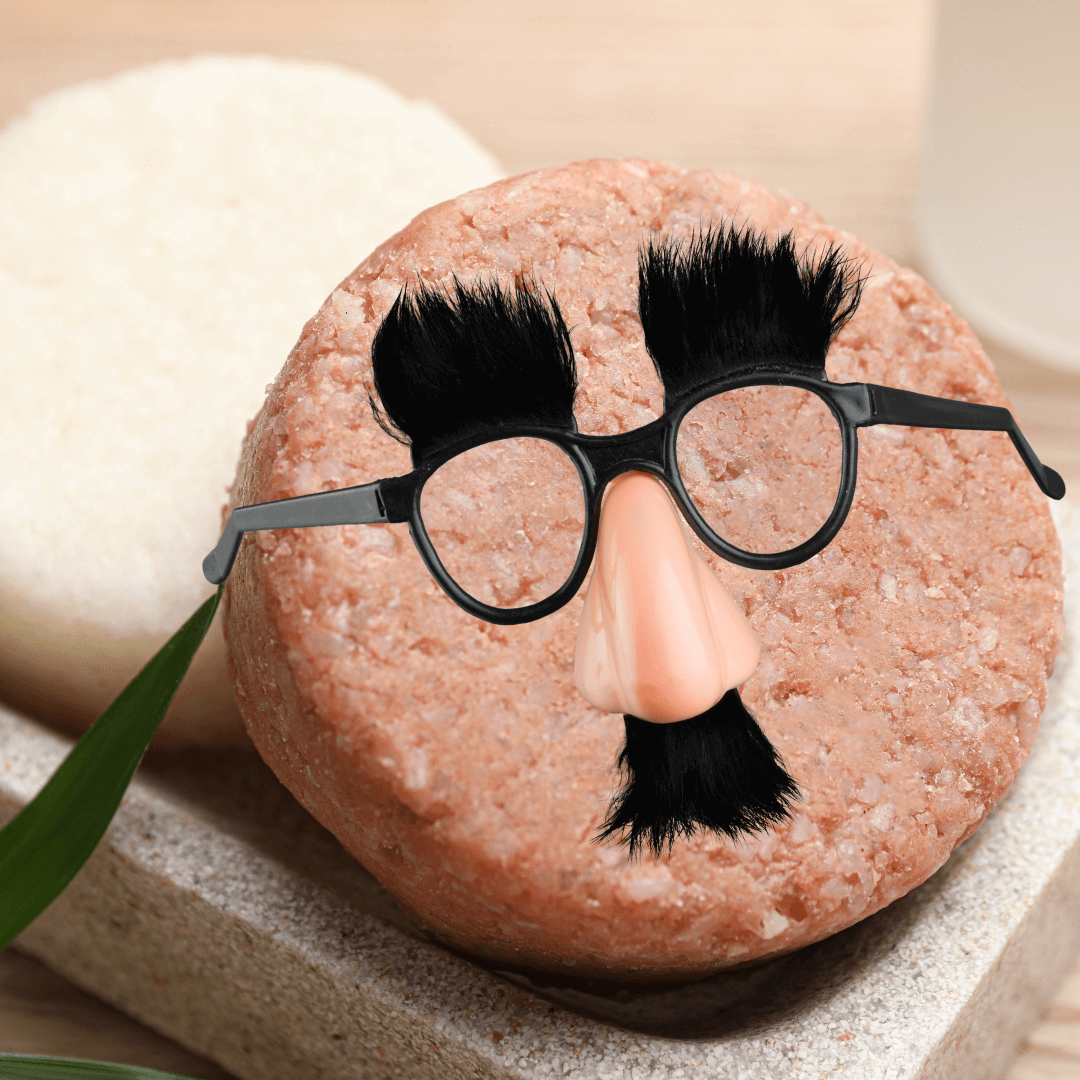
Shampoo Bars - Are They "Lyeing" To You?
Share
Shampoo Bars: The Great Lye vs. SCI Debate
In the world of eco-friendly hair care, shampoo bars have become increasingly popular due to their minimalistic packaging and potential for natural ingredients. However, not all shampoo bars are created equal. A significant difference lies in whether they are made with lye (traditional soap) or with Sodium Cocoyl Isethionate (SCI). Understanding these differences is crucial for those of us aiming to maintain healthy hair while also adhering to organic and eco-conscious principles.
Lye-Based Shampoo Bars
Lye-based shampoo bars are essentially soaps. They are made through the saponification process, which involves combining oils with lye (sodium hydroxide). This process creates a product that is technically a soap. While these shampoo bars can cleanse the hair, they come with a few significant downsides:
pH Levels: Traditional soap has a higher pH level, often ranging between 9 and 10. This is considerably more alkaline than the natural pH of the scalp, which tends to fall between 4.5 and 5.5. Using such an alkaline product on your hair can disrupt the scalp's natural acidity, leading to dryness, frizz, and an imbalance in natural oils.
Hair Texture: Because of the higher pH, soap can make hair feel rough and unmanageable. The cuticle layer of the hair can lift, making it prone to tangling and breakage.
SCI-Based Shampoo Bars
On the other hand, shampoo bars made with Sodium Cocoyl Isethionate (SCI) are not soaps but syndet (synthetic detergent) bars. SCI is a mild surfactant derived from coconut oil and is known for its gentle cleansing properties and ability to create a rich lather. These bars have a pH level that is much closer to the natural pH of the scalp, typically around 5.5, which makes them far more suitable for hair care.
Why Not Use SCI Under COSMOS?
Despite its benefits, SCI is not permitted under COSMOS (Cosmetic Organic and Natural Standard) guidelines. The production of SCI involves the use of ethylene oxide and/or sulphonation processes. Both of these processes are prohibited by COSMOS due to their environmental impact and the nature of the chemicals involved.
Spotting Soap in Disguise
Given the significant differences in pH and production processes, it's essential to be able to identify if a shampoo bar is actually a soap in disguise. Here are some tips:
- Ingredient List: Look for terms like "saponified oils," "sodium hydroxide," or "lye." These indicate the bar is a soap. Most ingredients that start with "Sodium" i.e. Sodium Olivate (Olive Oil that has been saponified) are also indications that your bar is actually soap.
- pH Test: If you're unsure, you can test the pH of the bar with a simple pH strip. Soap will generally show a pH of 9 or above.
- Texture and Feel: Soap-based bars often leave the hair feeling squeaky clean, which can be an indication of stripped natural oils.
The Dilemma and the Solution
In my quest for a COSMOS-compliant solid shampoo, I’ve hit a wall. There simply aren't any solid COSMOS organic shampoos available. This has led me to pivot towards formulating an organic liquid shampoo instead. While this does mean I'll have to forego the solid bar format, I've found some fantastic plastic-free bottles to ensure the packaging remains eco-friendly.
Conclusion
The journey to finding the perfect shampoo bar can be challenging, especially with the nuances between lye-based soaps and SCI-based syndet bars. Understanding the differences can help you make informed choices for both your hair health and environmental impact. And while the perfect COSMOS-certified solid shampoo remains elusive, watch this space for an innovative organic liquid shampoo solution that doesn’t compromise on our eco-friendly values.
Watch Sian's Video Here - Shampoo Bars - Are They Soaps in Disguise?
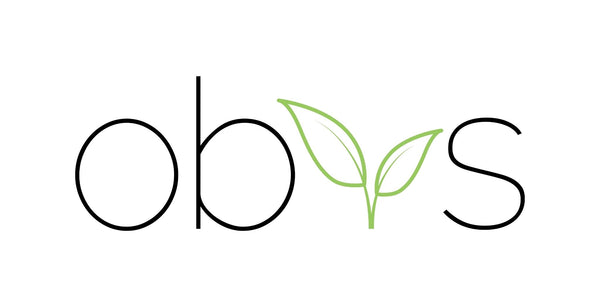
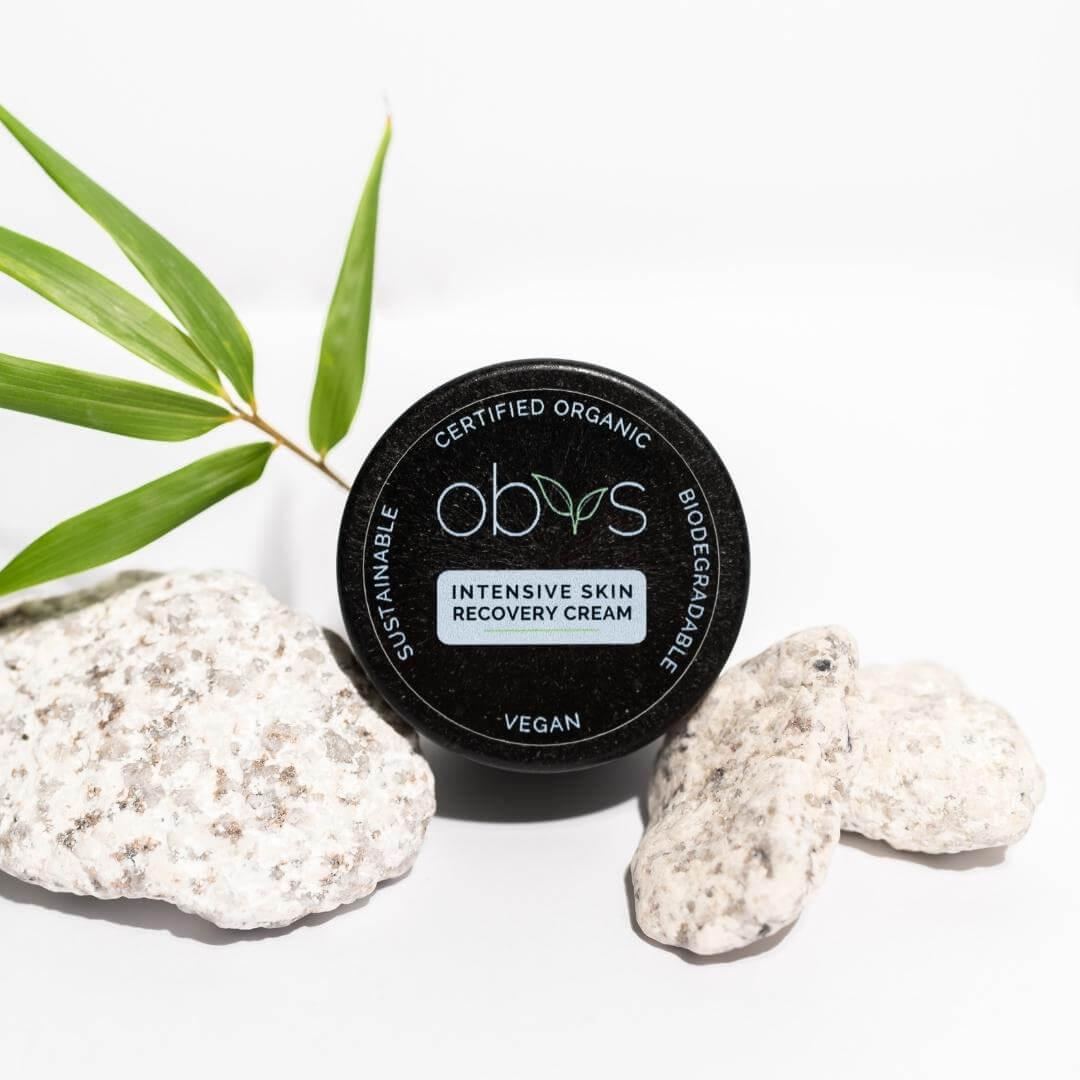
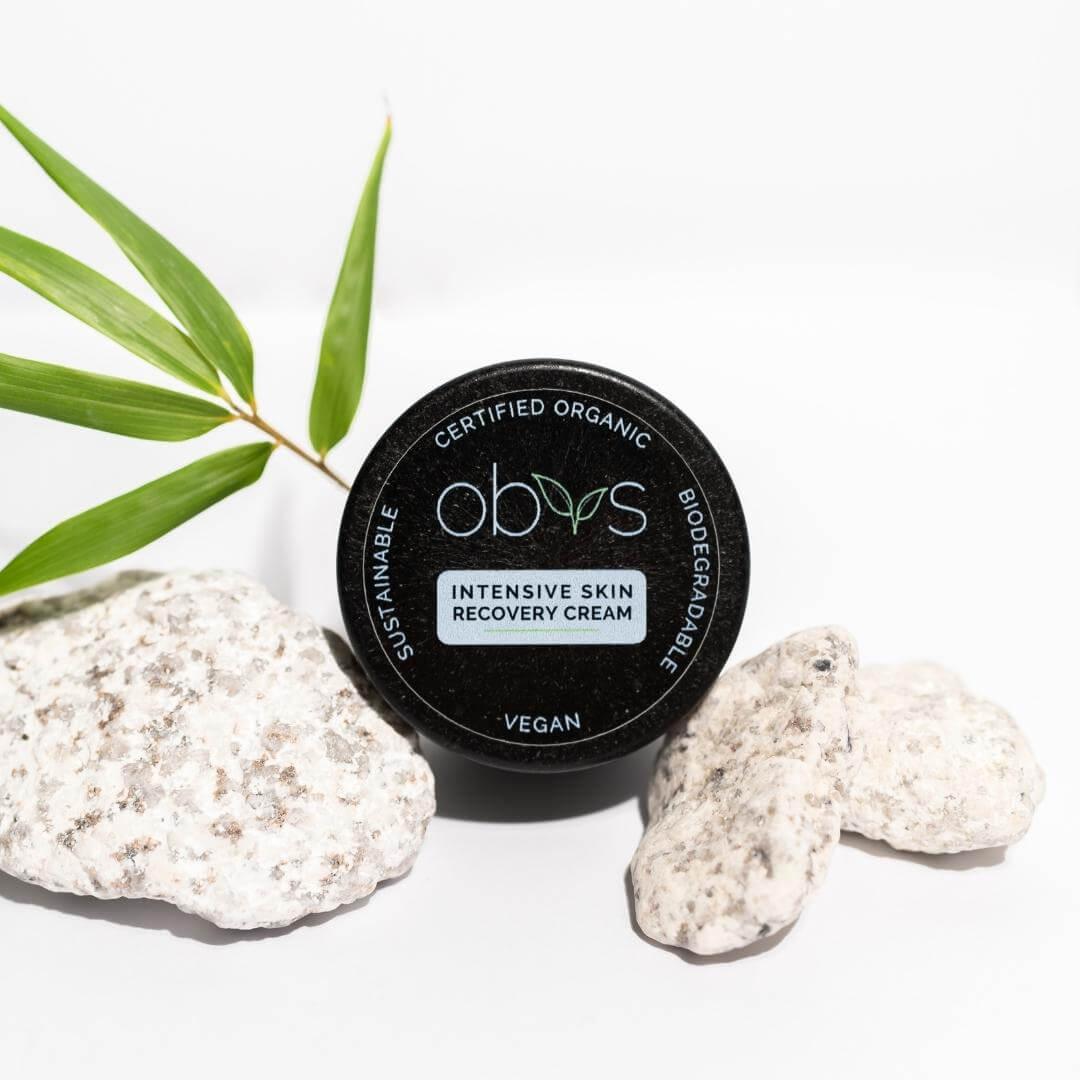
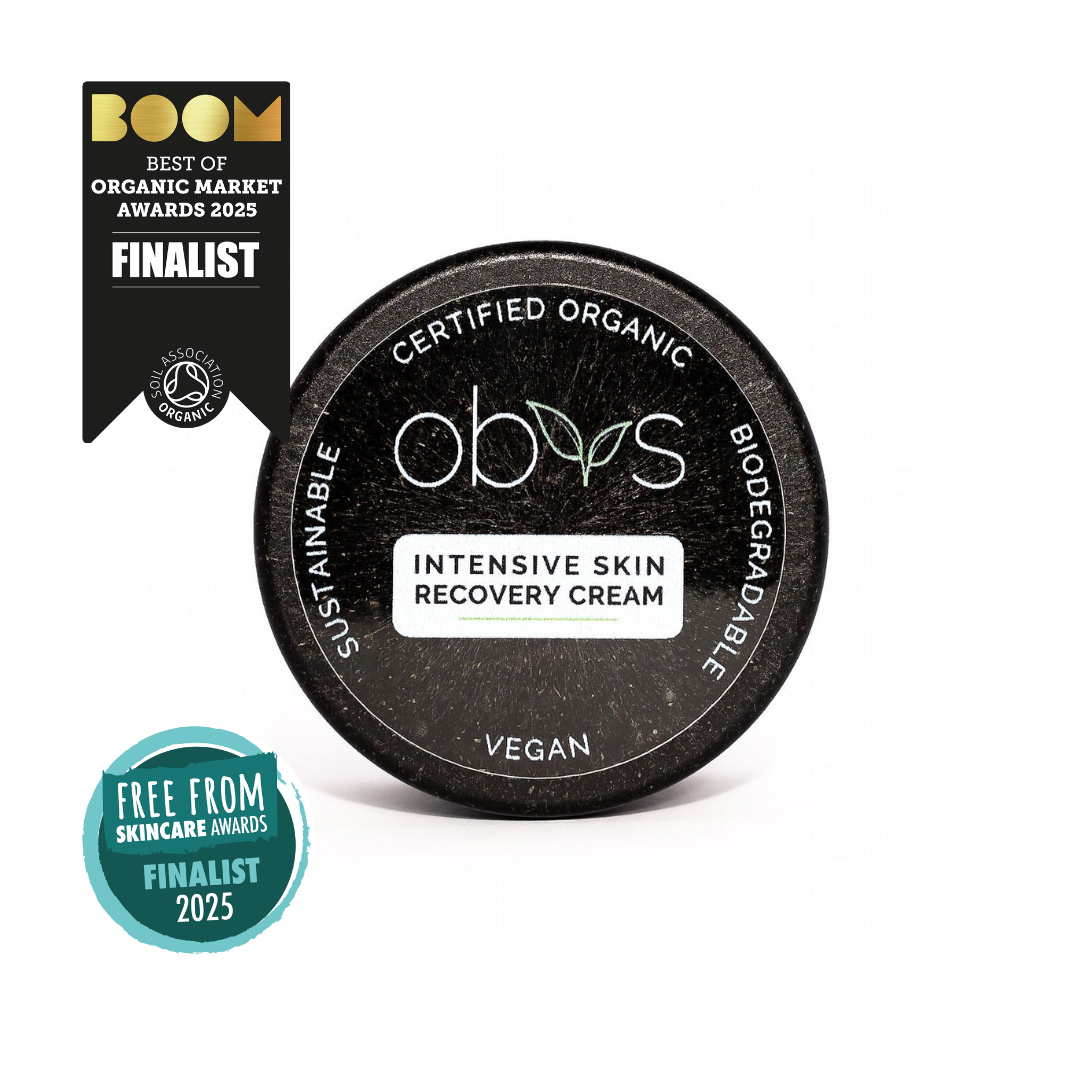
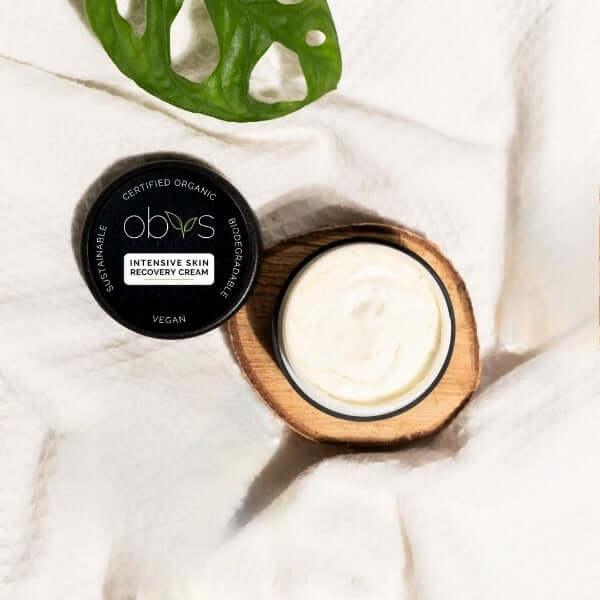



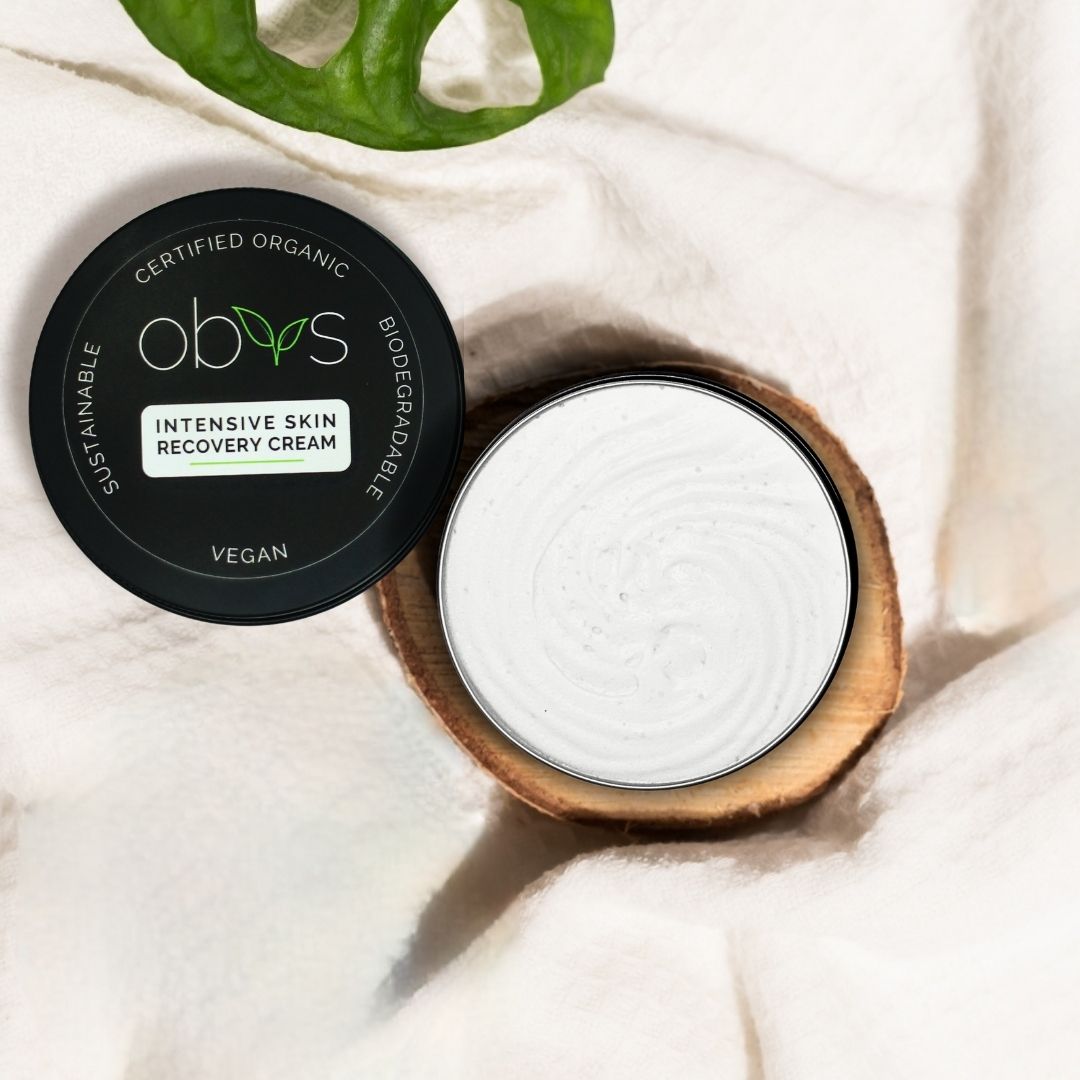
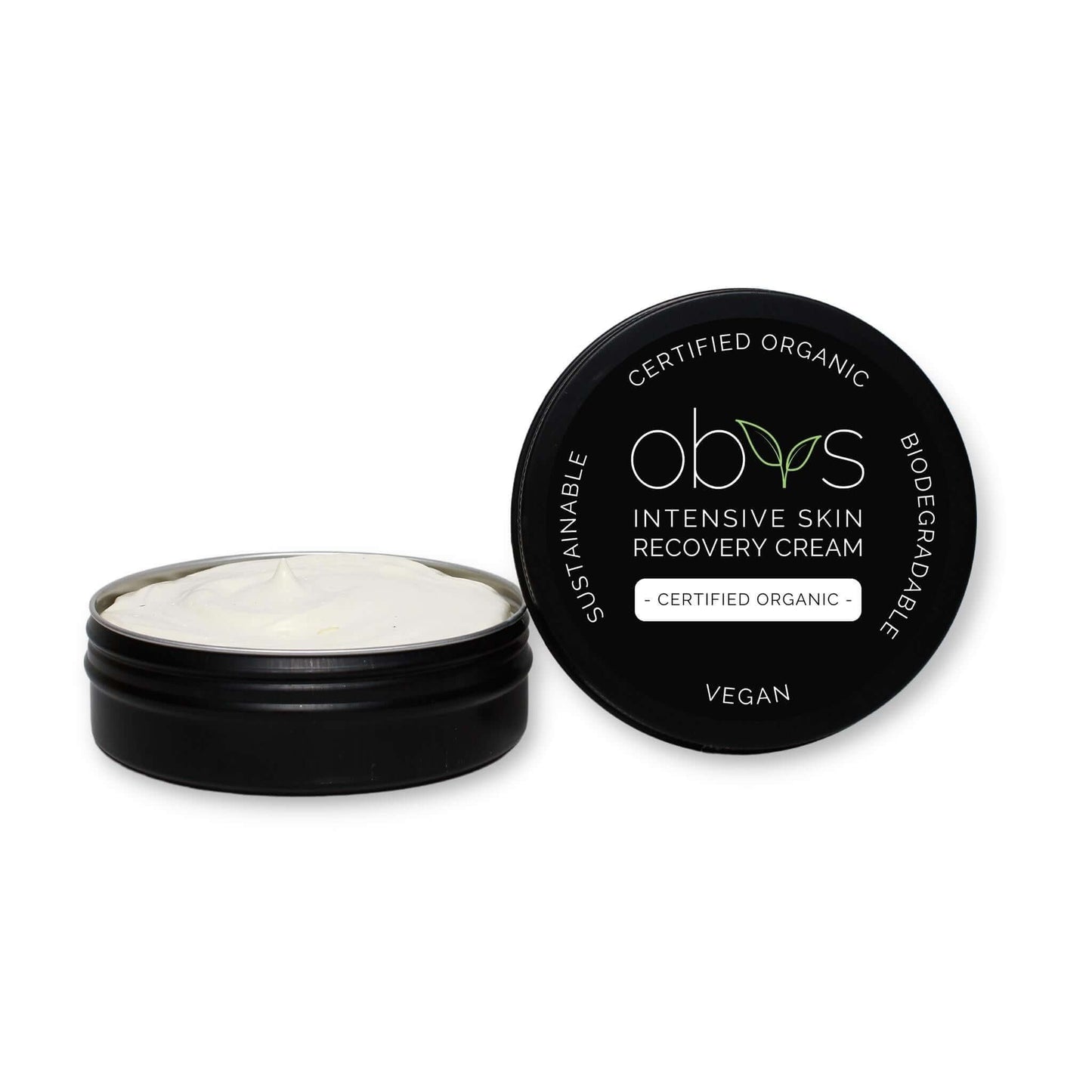
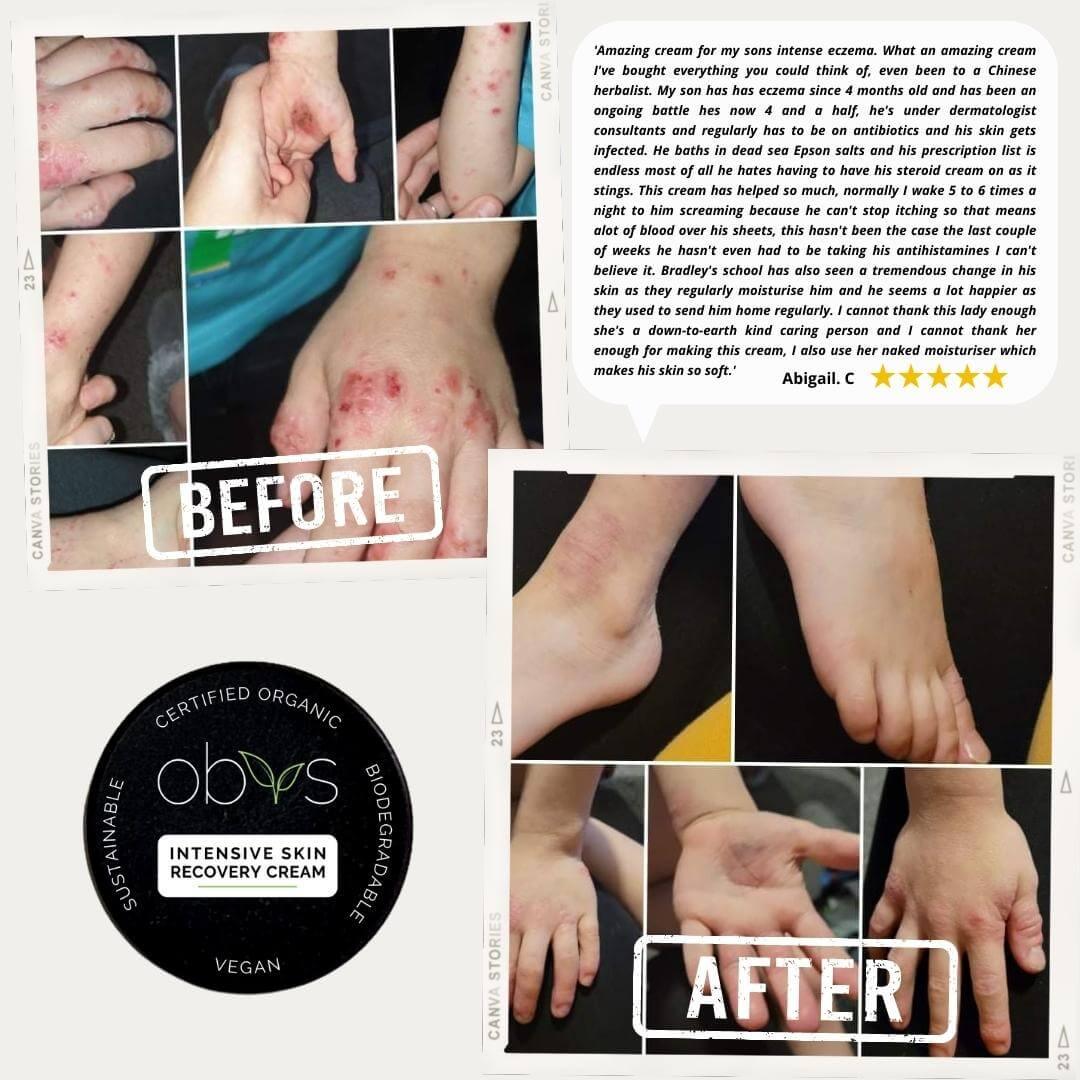
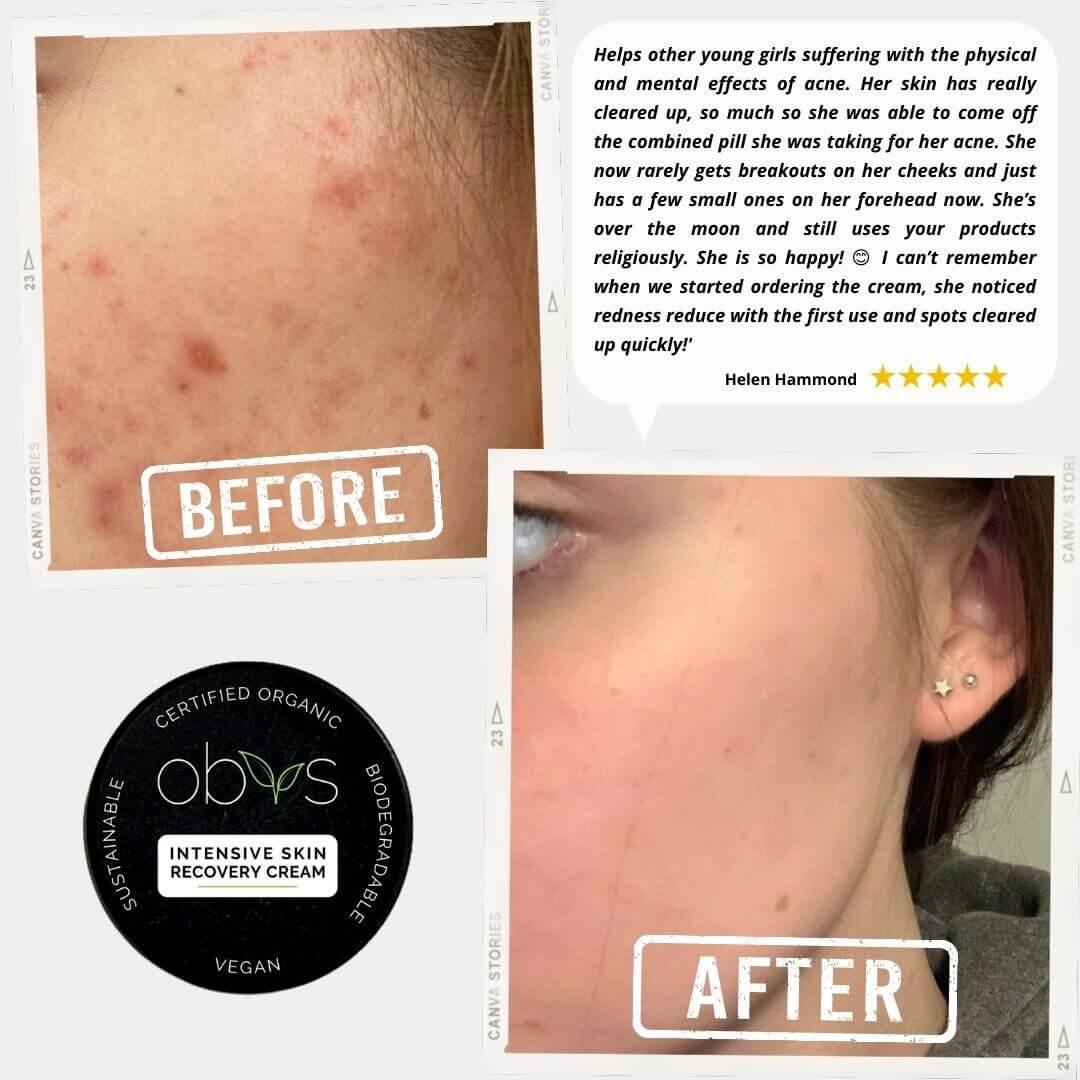
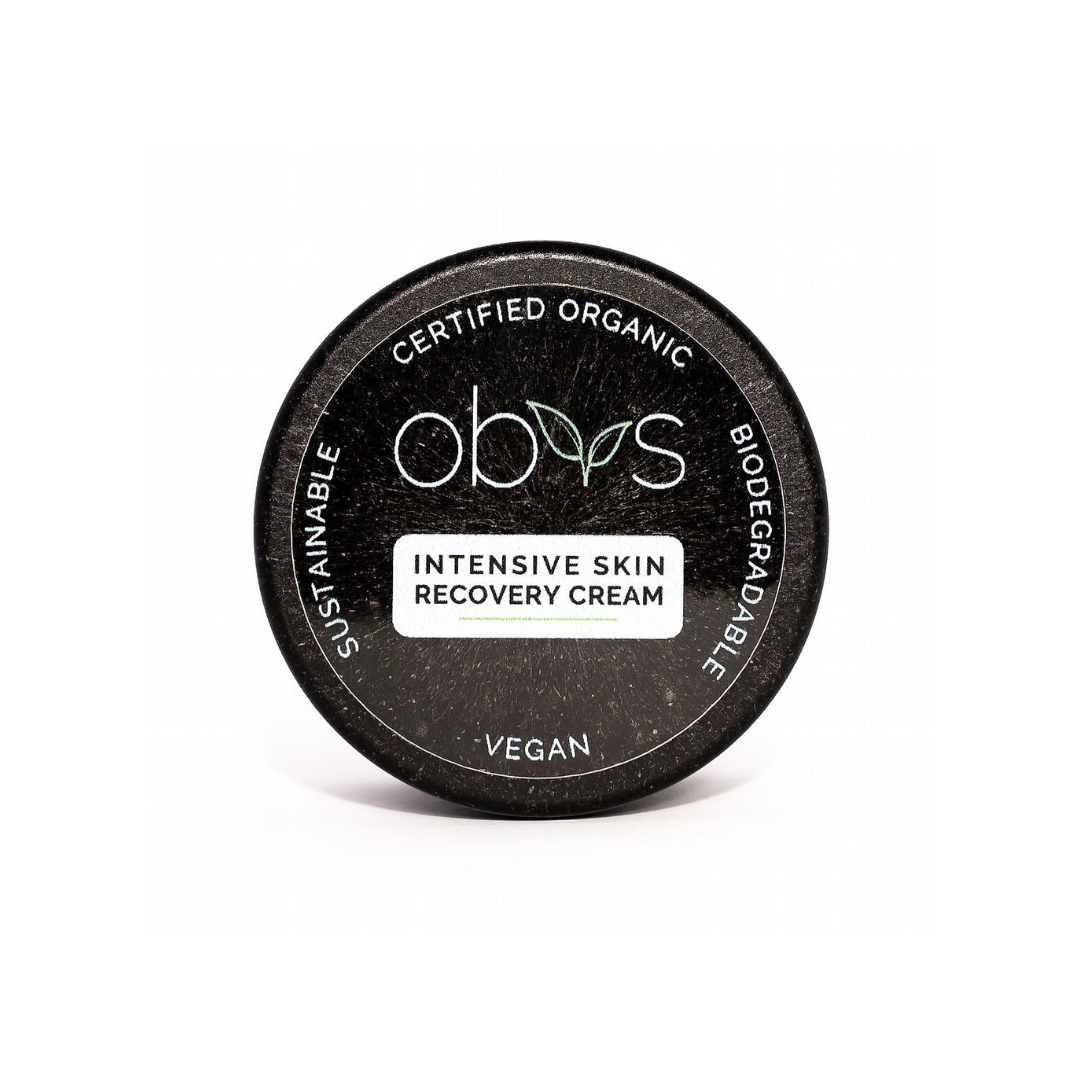
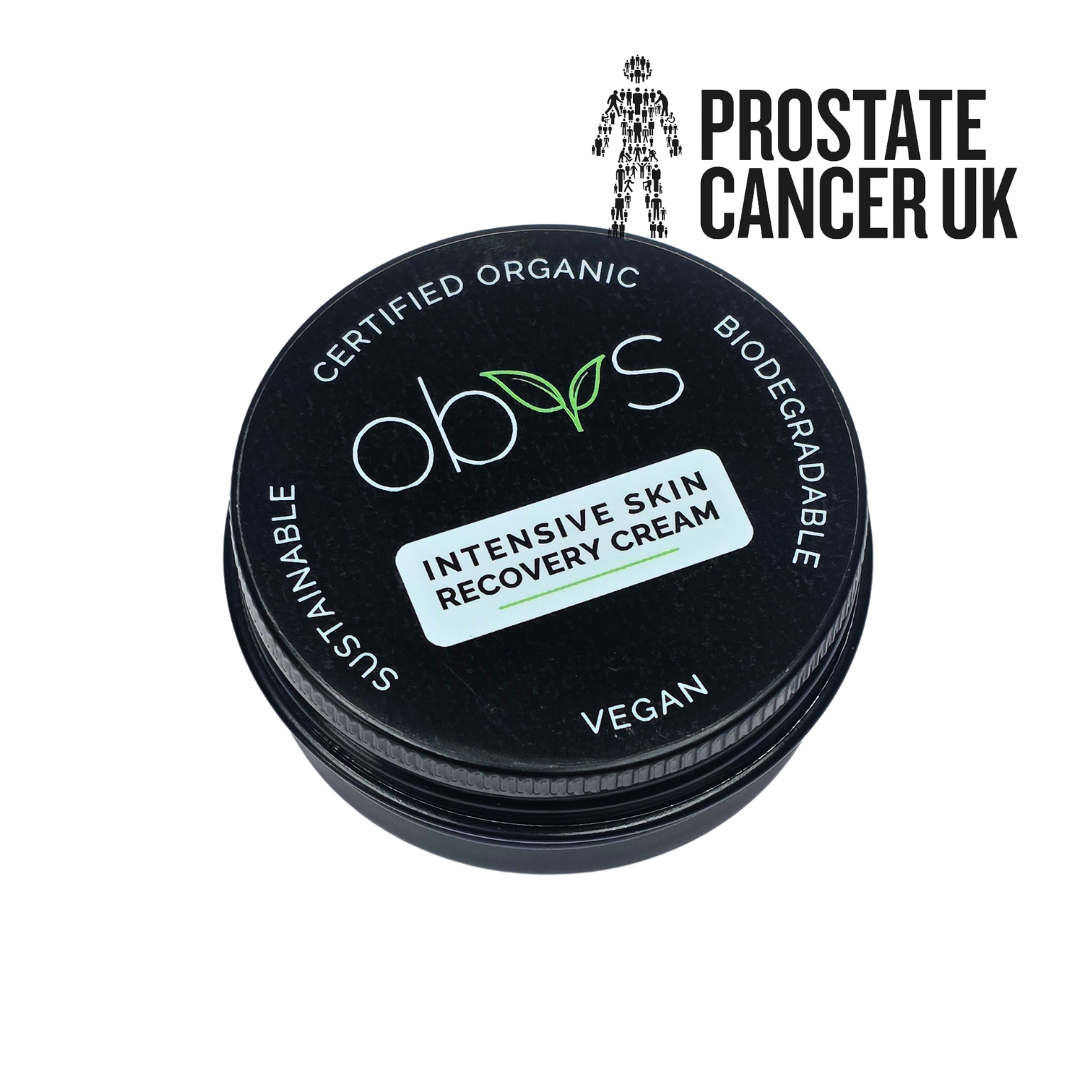
1 comment
I cannot wait to try the shampoo. :D